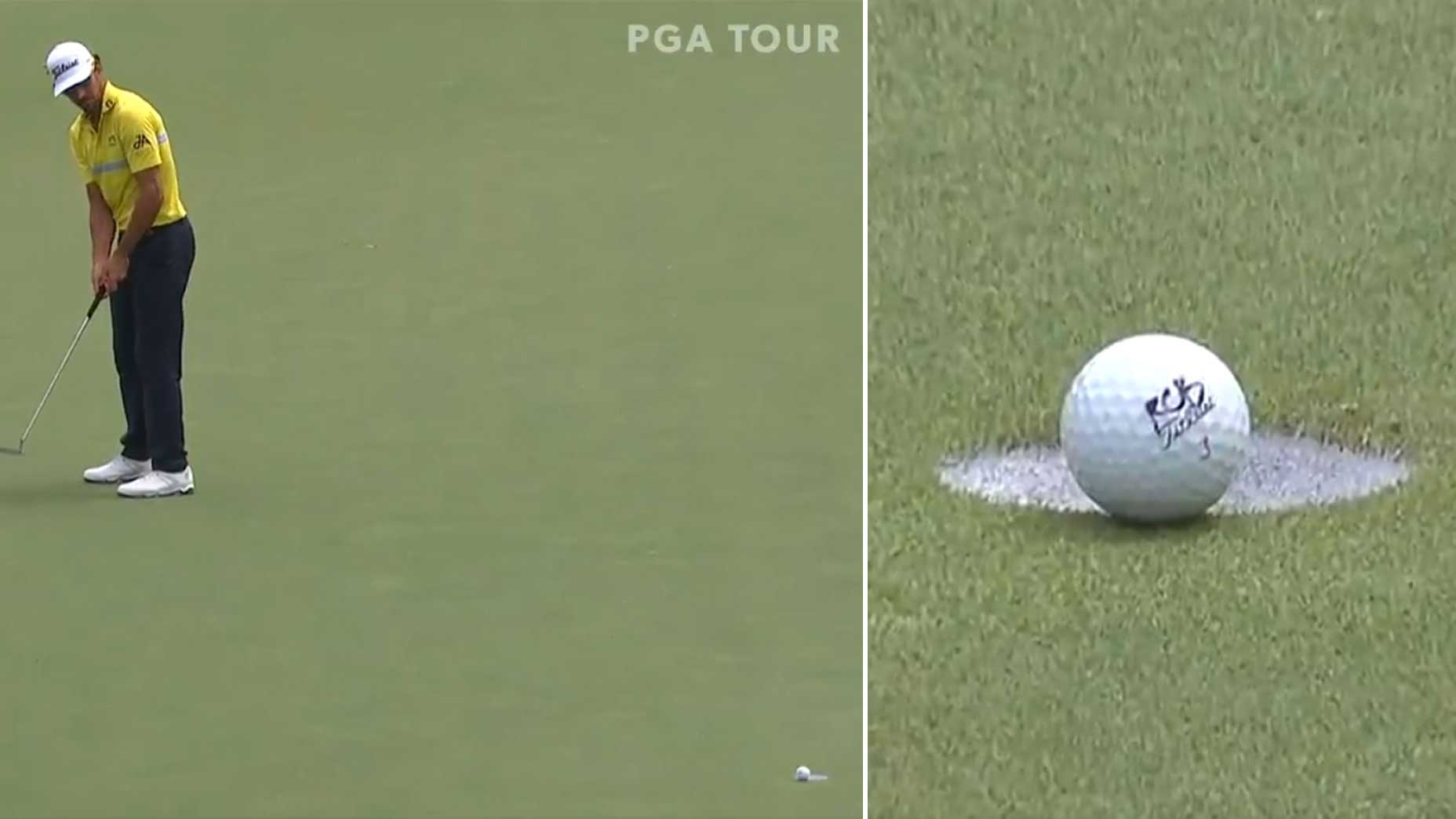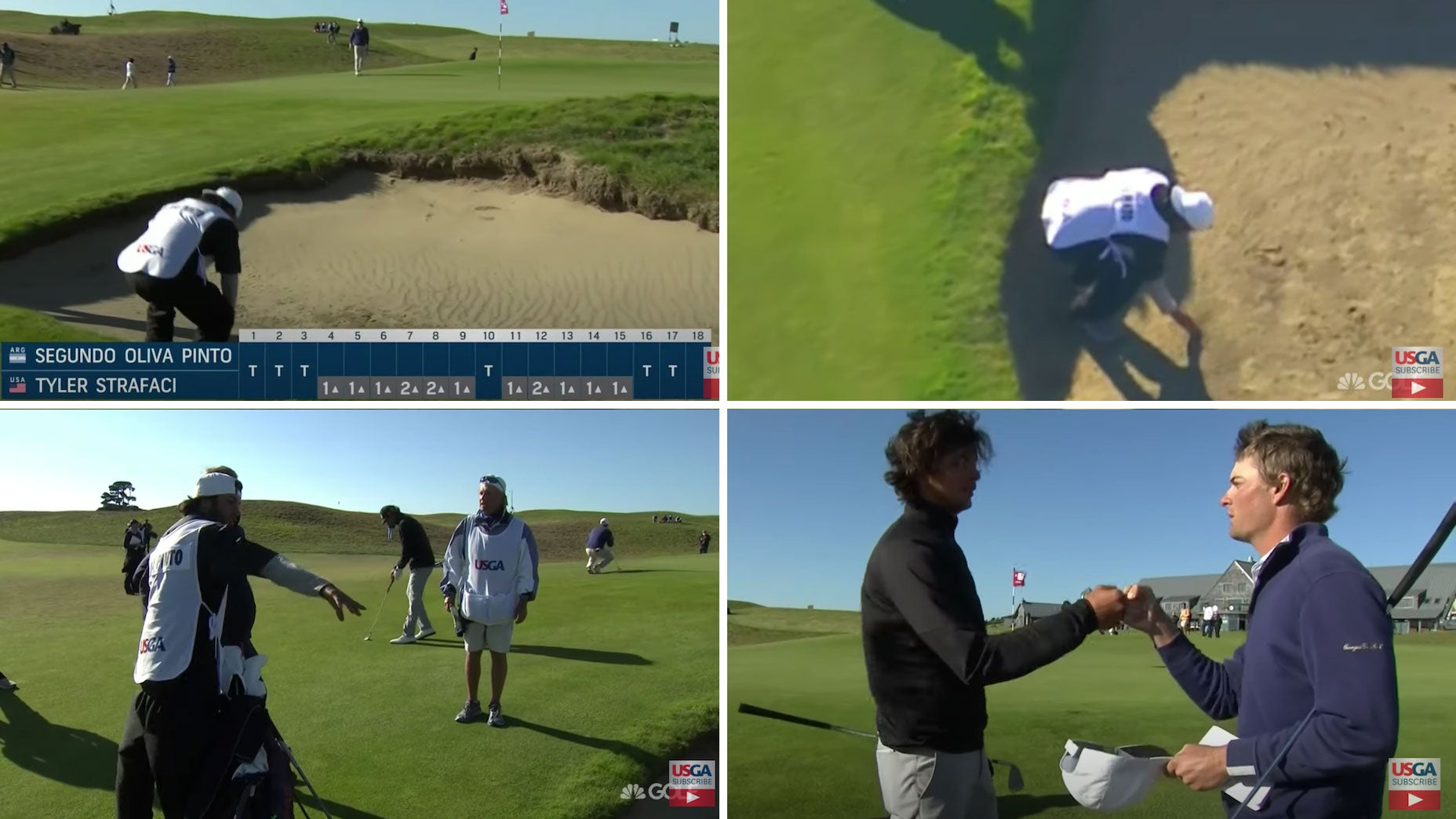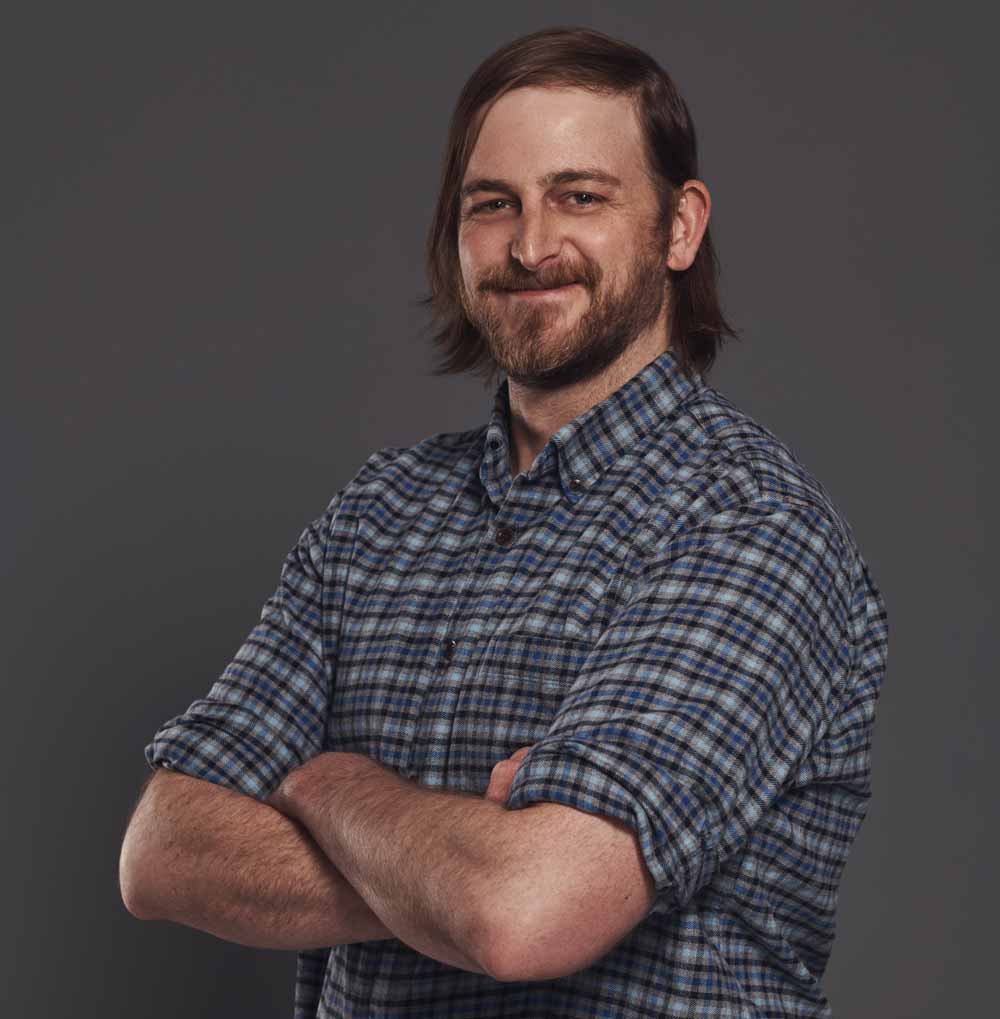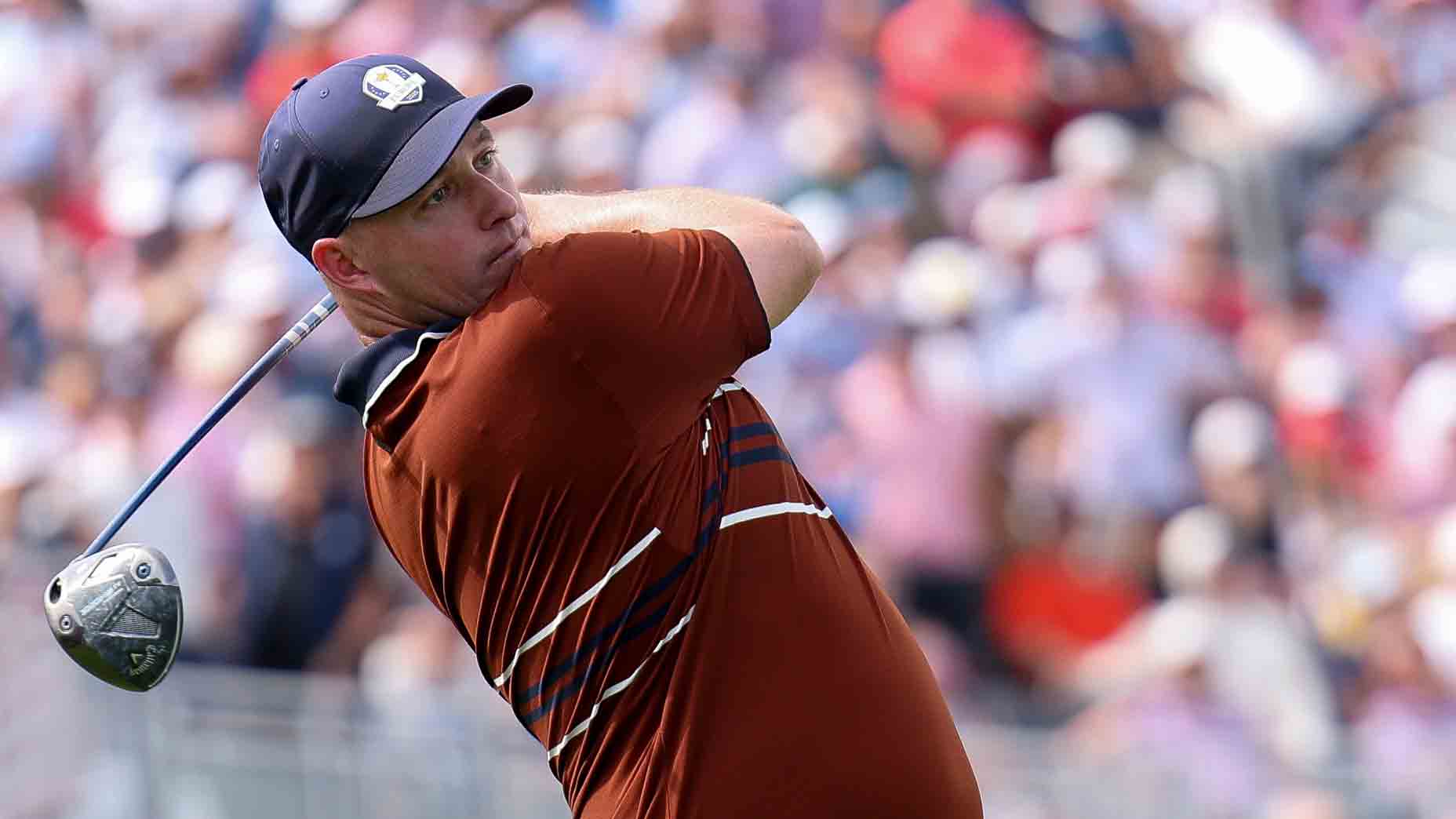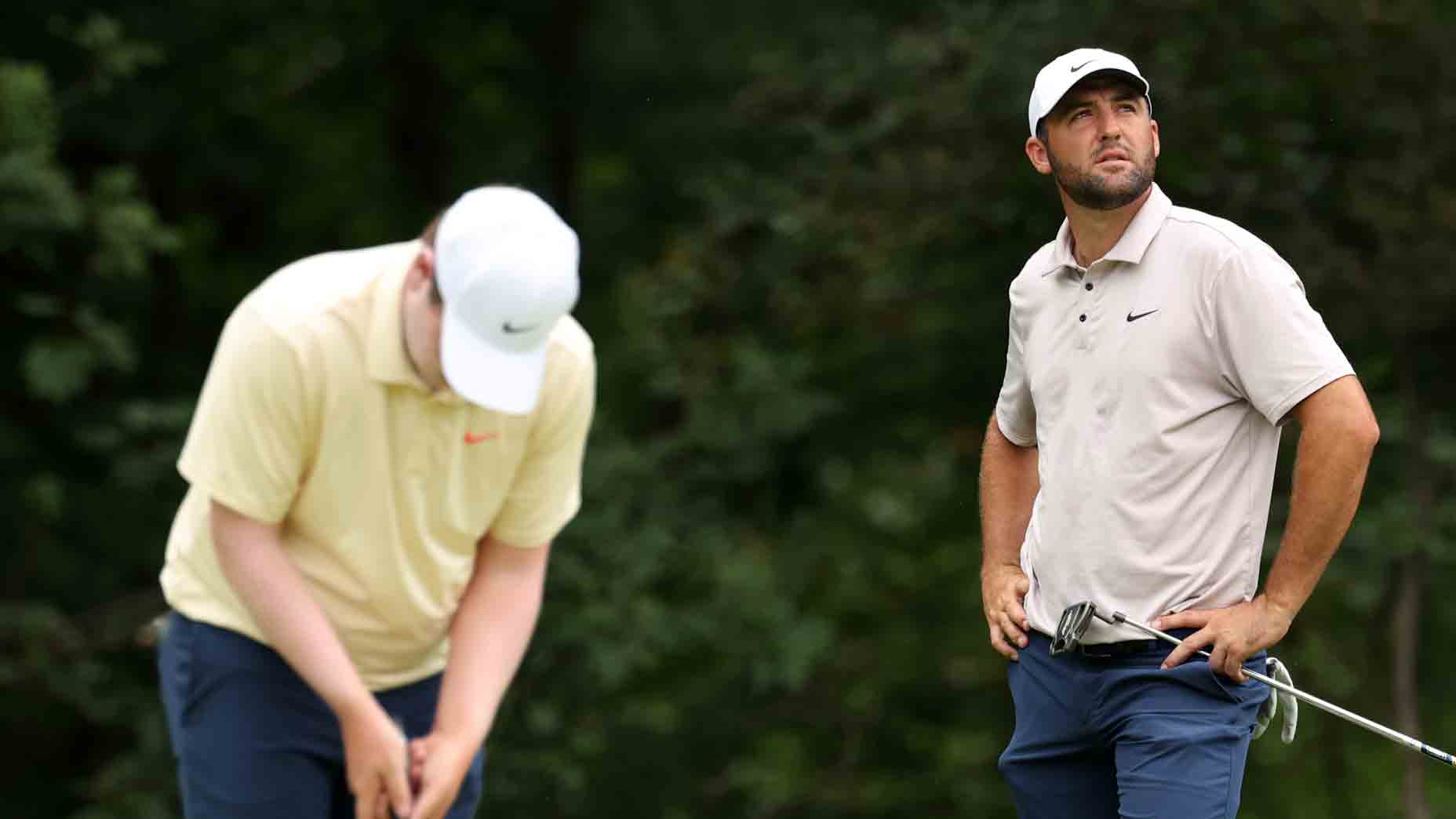Golf is a game where heartbreak lurks around every corner and comes in all shapes and sizes. A particular painful but familiar scenario is when you hit an almost perfect putt, only to watch your ball suddenly come to rest on the edge of the hole.
If your ball does eventually drop, though, that pain is quickly transformed into a unique form of jubilation and relief. Such was the case for Rafael Cabrera-Bello on Friday at the 2020 Wyndham Championship.
But there is one wrinkle in Cabrera-Bello’s case that makes it particularly noteworthy: his ball rested on the edge of the hole for at least 25 seconds before falling into the bottom of the cup.
The U.S. Am caddie-bunker incident: What really happened?By: Dylan Dethier
Playing the par-3 7th hole in the second round, Cabrera-Bello faced a 19’4″ putt for birdie to move to four under. His right-to-left putt tracked beautifully the whole way, rolling at a perfect speed and on just the right line to let the break drop it in the back right side of the hole.
But then the ball stopped, and the wait began. As Cabrera-Bello began walking towards his ball, Nick Faldo narrated the moment on the TV broadcast.
“Hang on a minute, I could have sworn I saw a dimple move, go on,” Faldo, said. “Which way is the Earth spinning?”
Just as Faldo stopped speaking the ball miraculously rocked and fell in for a birdie 2.
Check it out below.
Wait for it … 🧐#QuickHits pic.twitter.com/VscpNLOMJC
— PGA TOUR (@PGATOUR) August 14, 2020
It was a great result for Cabrera-Bello, but the incident raised one big question: if he waited nearly 30 seconds for his ball to move, why wasn’t he charged with a penalty?
The answer lies in the subjective nature of the rule.
Rule 13.3a of the Rules of Golf — “Waiting Time to See If Ball Overhanging Hole Will Fall into Hole” — states, “If any part of a player’s ball overhangs the lip of the hole, the player is allowed a reasonable time to reach the hole and 10 more seconds to wait to see whether the ball will fall into the hole.” If it drops within that time, it counts.
Rafael Cabrera-Bello says he had to convince rules officials not to penalize him for waiting putt outBy: Kevin Cunningham
If, however, the ball falls in after that “reasonable” amount of time elapses, “the player has holed out with the previous stroke, but gets one penalty stroke added to the score for the hole.”
Because Cabrera-Bello began slowly making his way to the hole after the putt and did not quickly approach his ball and then wait around for more than 10 seconds, he didn’t receive a penalty stroke and got to pencil in a 2 on the scorecard.
It turns out that at least one PGA Tour rules official initially thought he should have received a penalty stroke. After the round, rules officials approached Cabrera-Bello, and the pro had to convince them that he did not deserve a penalty.
There’s no doubt a judgement call is involved here, but if you watch the video for yourself, the amount of time that elapses does indeed seem “reasonable,” though others might disagree.
